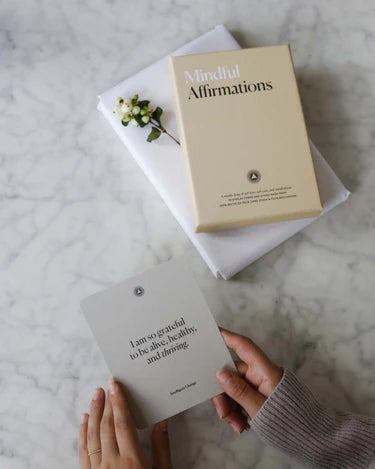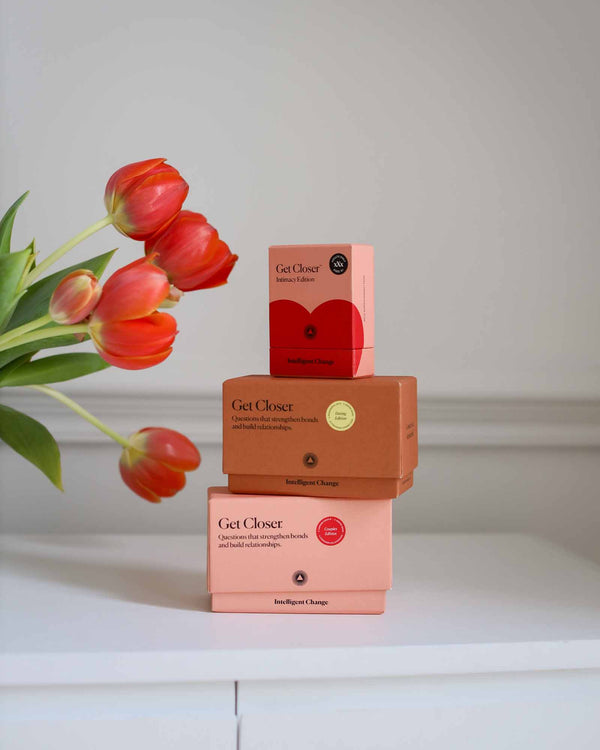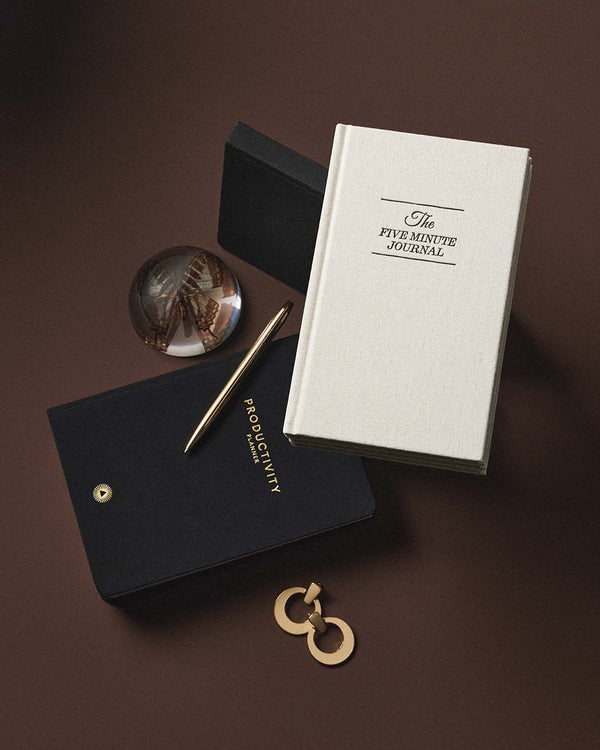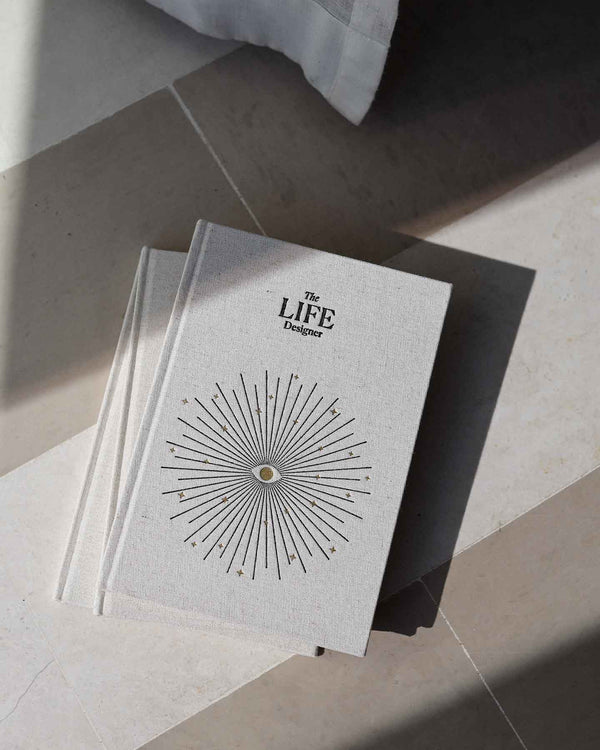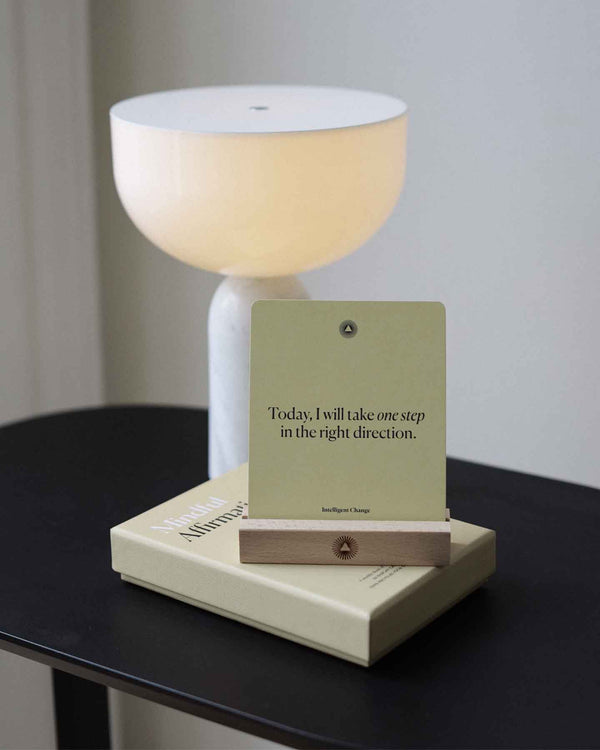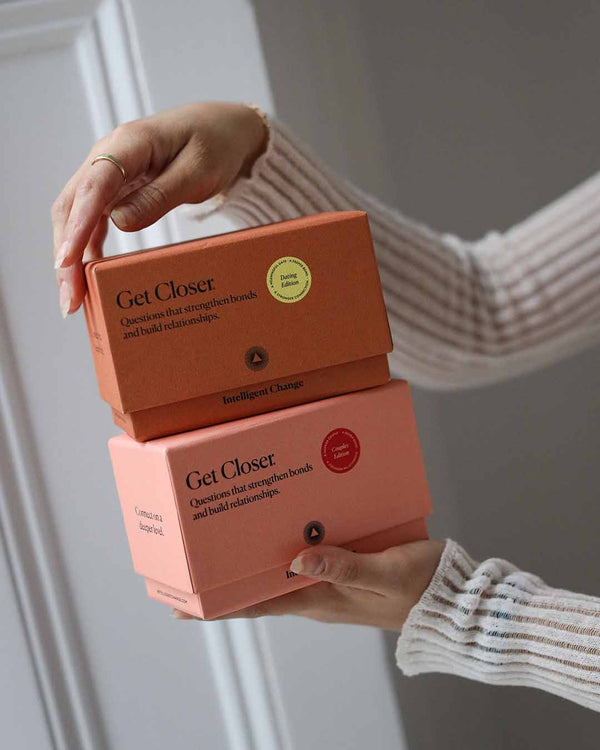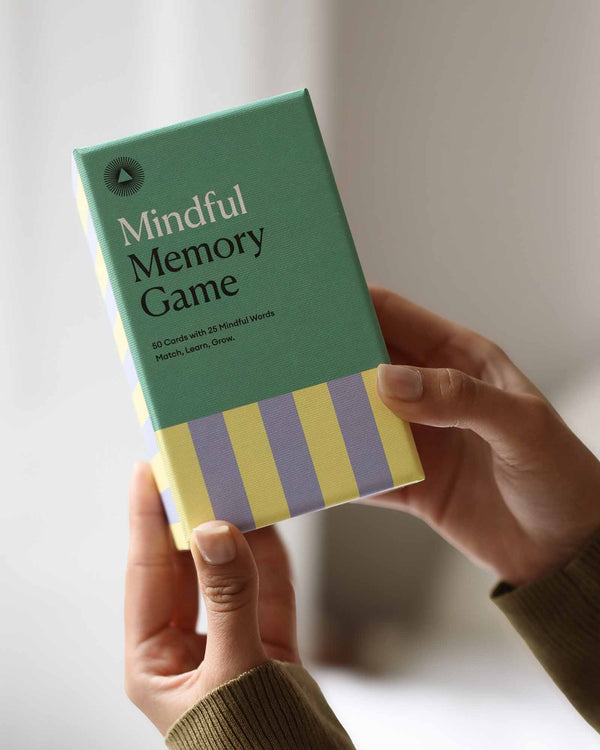The Psychology of Love
by Intelligent Change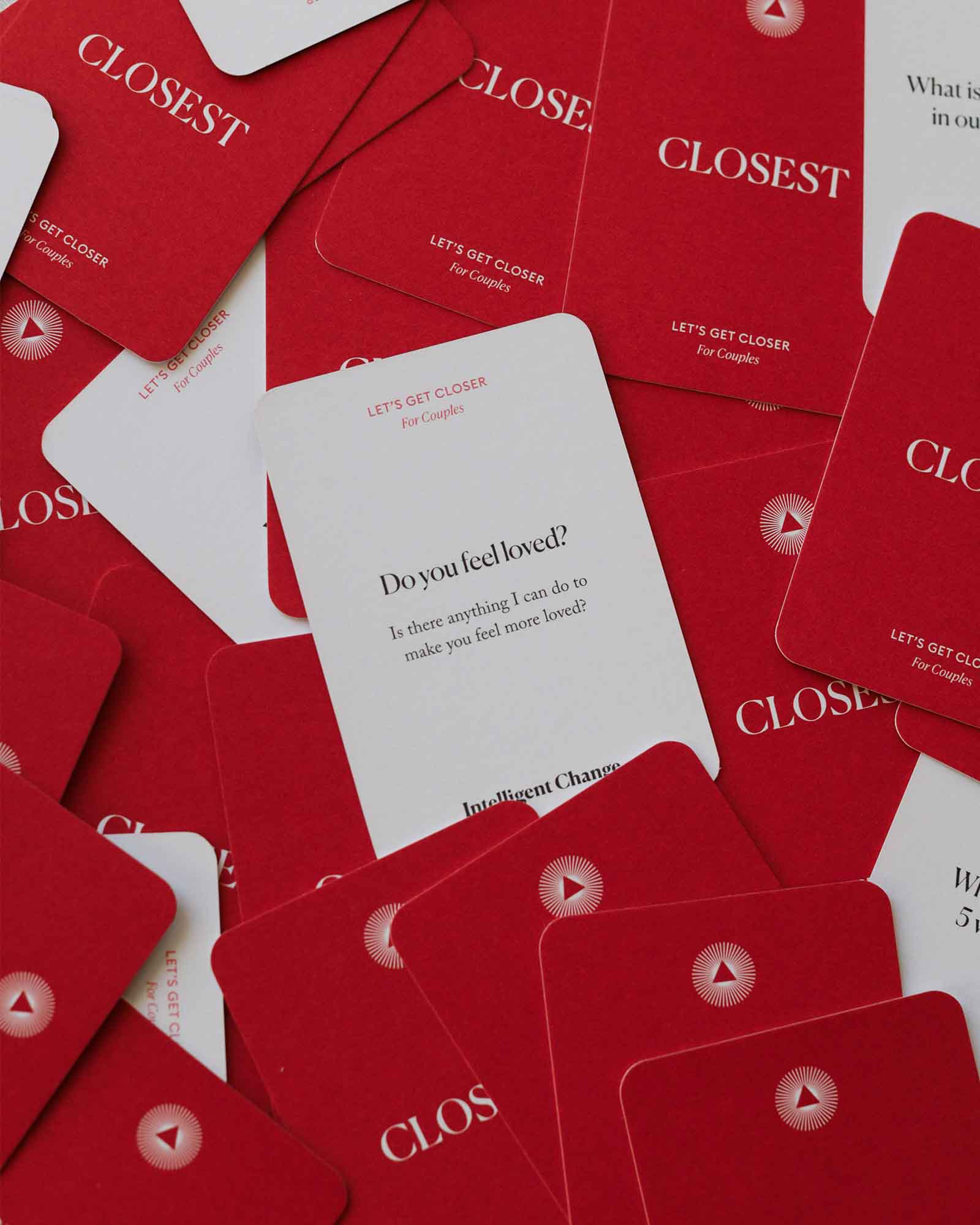
Love is a powerful and complex emotional experience that changes everything – from our psychology and how we see the world, to our body chemistry and the quality of our relationships. Love is a universal human emotion (everyone can love), yet it’s not easy to explain what happens when we love and what it means to love.
Many have tried, artists and scientists alike, to depict, describe, or explain love. Furthermore, every one of us has our own personal theory of love and how it unfolds. What we all know for sure is that love has an enormous impact on our well-being and life satisfaction.
How does love affect our life? Here we dive into the psychology of love.
What is love (baby don’t hurt me)?Love is one of the universal human emotions characterized by strong affect, tenderness, and devoted behaviors toward the object of our love. The sole existence of the person we love evokes pleasant sensations in us.
Sometimes, our love is of short breath, and the magic is over before we know it. At other times, the flame burns slower, and our commitment is more long-lasting. Some people report that their love is strong, dramatic, and oscillatory, while for others the experience of love is rather peaceful and calm.
How can we explain these different sensations? Let’s start at the most basic level: what happens to our brain when we experience love?
Brain and euphoric excitement of love
Experiencing romantic love involves a lot of physiological changes for men and women alike. We usually say that we have fallen in love when, in reality, it’s more accurate to say that we have gotten high on love.
When we see or think about the object of our love, our brains make us feel euphoric excitement by raising the levels of oxytocin, also known as the love hormone. It’s what makes us feel intense joy and happiness in the presence of our loved ones. And it’s important to note that oxytocin is the basis of many social bonds – friendships, partnerships, and, the strongest of them all, a mother’s love for her child.
The second ingredient in the physiology of love is dopamine, the neurotransmitter associated with pleasure and reward. Thanks to dopamine, when we fall in love, we are filled with high energy and positive emotions.
Here’s how this works. If you text your best friend a “Hi, how are you?” and they respond, you may smile, laugh, and enjoy the textual exchange that may follow. But when the person you love responds the same way, it feels different – you experience excitement, warmth, contentment. The same response from someone we like but don’t love romantically feels less rewarding. To put it simply, it doesn’t make our dopamine neurons throw a party up there.
People we like are important to us too, yet our hearts pound faster only for those we love. Which poses another important question: What is the difference between loving and liking?
Loving vs. liking
Sometimes, we experience appreciation for another person. We may be excited and inspired during a conversation, want to stay a bit longer in their company, or deeply miss them if they move to another country. However, this feeling of liking someone still lacks the quality and depth of being in love.
Based on this differentiation between liking and loving, psychologist Zick Rubin came up with the three essential elements of love:
- A feeling of absorption and exclusiveness;
- Desire to help;
- Co-dependency and shared needs.
These three elements make loving your best friend different from loving your partner. Although, it is assumed that we also like the person we love.
Similar to liking, there’s another phenomenon that is an important (but not defining) component of romantic love, which often gets mistaken for love itself – sexual attraction.
Love vs. sexual desire
One of the studies that analyzed the similarities and differences between love and sexual desire found that both states elicit activity in the same brain regions associated with motivation, emotion, and imagination. While sexual desire alone may deflate quickly, it seems like love is built upon the activity of these brain circuits, too.
Sexual attraction and love share a portion of brain networks, but they are different feelings, not only experience-wise, but also neuroanatomy-wise. Sexual attraction is an instinctive, biological drive, while love is a cultural, highly-elaborated concept.
On the chemical level, sexual attraction increases the levels of sex hormones such as estrogen or testosterone, but also dopamine, norepinephrine, and serotonin. The experience of love goes a few steps beyond and also includes an increase in oxytocin and vasopressin, which is why we feel deeply attached to the person we love.
It takes so little for our brain chemistry to start doing its magic. According to a 2010 study, it takes one-fifth of a second for the twelve brain areas involved in feeling love to simultaneously release euphoria-causing chemicals. Mixed with positive reinforcement (positive response from the person we desire) and growth of the relationship through experiencing the world together, this wild chemistry is what we build our long-term affection on.
The color palette of love
In 1973, psychologist John Lee tried to compare different love styles in his color wheel model of love. Similarly to three primary colors – red, blue, and yellow – there are three primary styles of love: ludus, eros, and storge.
1. Ludus stems from the Greek word for game. People who love this way are not ready for a serious commitment. They dose intimacy and see love as playful and fun.
2. Eros also stems from the Greek language and stands for eroticism and passion. This is how we love when we idealize someone. We love the ideal vision, the idealized image partially created in our head, and get surprised, angry, or heartbroken when the partner doesn’t match that ideal.
3. Finally, storge stands for natural affection, such as love between friends and family. This kind of love builds up gradually through shared interests and activities.
Combined, these primary styles can also give secondary love styles:
4. Pragma: realistic and practical love representing a combination of ludus and storge.
5. Mania: obsessive love that comes as a combination between eros and ludus.
6. Agape: selfless love embodied in the combination of eros and storge.
Passion and Compassion
Lee is not the only one to notice that there’s a difference in how we love. One individual may experience a palette of love experiences. According to Elaine Hatfield, the two basic types of love are passion and compassion.
Passionate love is high on sexual attraction, affection, and anxiety over the potential loss of the loved one. Reciprocated feelings fuel life satisfaction and invigorate us, while unreciprocated feelings lead to despair and misery.
Compassionate love is more about mutual respect, affection, trust, and understanding. Shared interests and respect are the main aspects of this type of love.
Most people would say that perfect love combines the two: the ability to be comfortable around each other, with full trust, respect, and mutual understanding, while preserving the spark, passion, and desire for each other.
Love and well-being
Starting with brain chemistry, love permeates all aspects of our being. Along with helping us bond with another human being, it also impacts our physical health. A study conducted in 2019 discovered that falling in love initiates an immune system response similar to viral protection.
Love is also beneficial for our mental health. Since early childhood, the people close to us continuously affect our limbic system – a group of brain regions associated with emotions and emotional regulation. Secure attachment to our caregivers and a stable sense of being loved and protected positively affect mental health, emotional regulation, and stress management.
This further extends to adulthood. While a stable sense of self-worth and self-love are essential precursors for mental health and a healthy relationship, this positive relationship also works the other way around. According to a 2017 study review, individuals with healthy emotional well-being are more likely to enter relationships. Having a committed, nurturing, strong romantic partnership is, in turn, associated with mental health benefits such as reduced symptoms of depression and anxiety.
Love and life satisfaction
There is one more question to answer: Does love make us more satisfied in life?
Love and life satisfaction have an intricate relationship. On one side, people in loving relationships report greater feelings of happiness and well-being, which makes sense since they constantly experience oxytocin, dopamine, vasopressin, and adrenaline. Reciprocated love provides strong support, a sense of belonging, and a shared purpose, which are key components of life satisfaction.
On the other side, love based on negative emotions can drastically impact life satisfaction. According to a 2015 study, relationship conflicts, breakups, and unrequited love can lead to a lower sense of well-being and increased stress and anxiety.
The truth is: both types of love experience are a part of the journey. The high stakes are what makes love so rewarding. This is why it’s crucial to nurture an open and mindful attitude toward love. Setbacks and heartbreaks can be valuable lessons that give us a chance to increase our life satisfaction as much as mutual love does.
There’s no simple solution or a quick magic pill. Behind every happy, strong, healthy relationship stands hard (inner) work of mutual acceptance, learning from rough patches, respecting each other’s boundaries, accepting compromises, and, most importantly, bringing light-heartedness into your life.
One of the most brilliant literary minds, Antoine de Saint Exupery, said: Love does not consist in gazing at each other but of looking outward together in the same direction.

